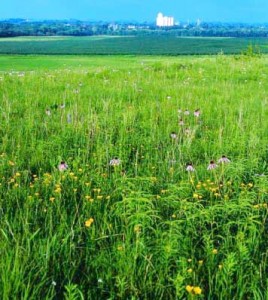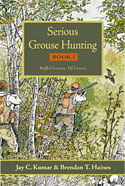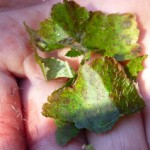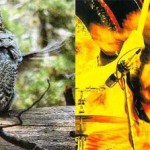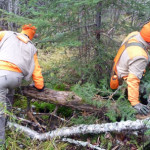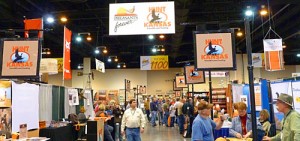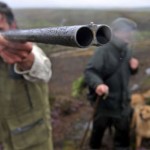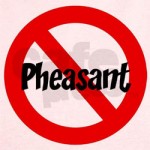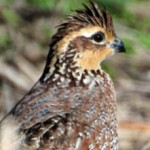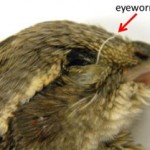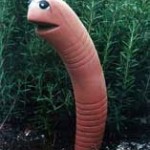New CRP Sign-Ups Will Help, But…
The new sign-up for the federal Conservation Reserve Program (CRP) will help replace some pheasant- and quail-friendly habitat that has been lost to agriculture, but not all of it, according to an article in the Omaha, NE World-Herald.
The CRP pays landowners to retire marginal cropland from production and plant it with grasses and flowering plants, and has been critical in fostering pheasant and quail populations.
This month’s sign-up will be the first since 2006, Since that year, more than 6.5 million CRP acres nationwide expired, most returning to crop production. The new sign-up will enroll 4.4 million acres – “just in time to address the 4.4 million acres of CRP expiring Sept. 30,” the paper noted. “An additional 14.2 million acres of CRP are slated to expire between 2011 and 2013.”
In other words, more CRP land is needed. The government might want to use some of that much-ballyhooed bailout-returned money….
Pheasants Forever noted that at its National Pheasant Fest, “USDA Secretary Tom Vilsack announced his pledge to keep CRP fully enrolled at the federally mandated (via the 2008 Farm Bill) maximum level of 32 million acres.” So that seems like good news.
Why CRP Works
Pete Berthelsen, a Pheasants Forever and Quail Forever senior field biologist, told the paper that during spring and summer months, flowering plants — also known as forbs — are very important to pheasants and quail. Chicks survive almost exclusively on an insect diet, and insects are dependent on a diverse mix of forbs in and around quality nesting cover.
“A diverse mix of flowering plants also creates the best brood cover to allow pheasant and quail chicks to move through habitat at ground level, protected from avian predators. Pollinators and game birds alike require flowering plant species from April to October for the best chance for survival.”
Notable
> For more info or help enrolling, contact Pheasants Forever.

